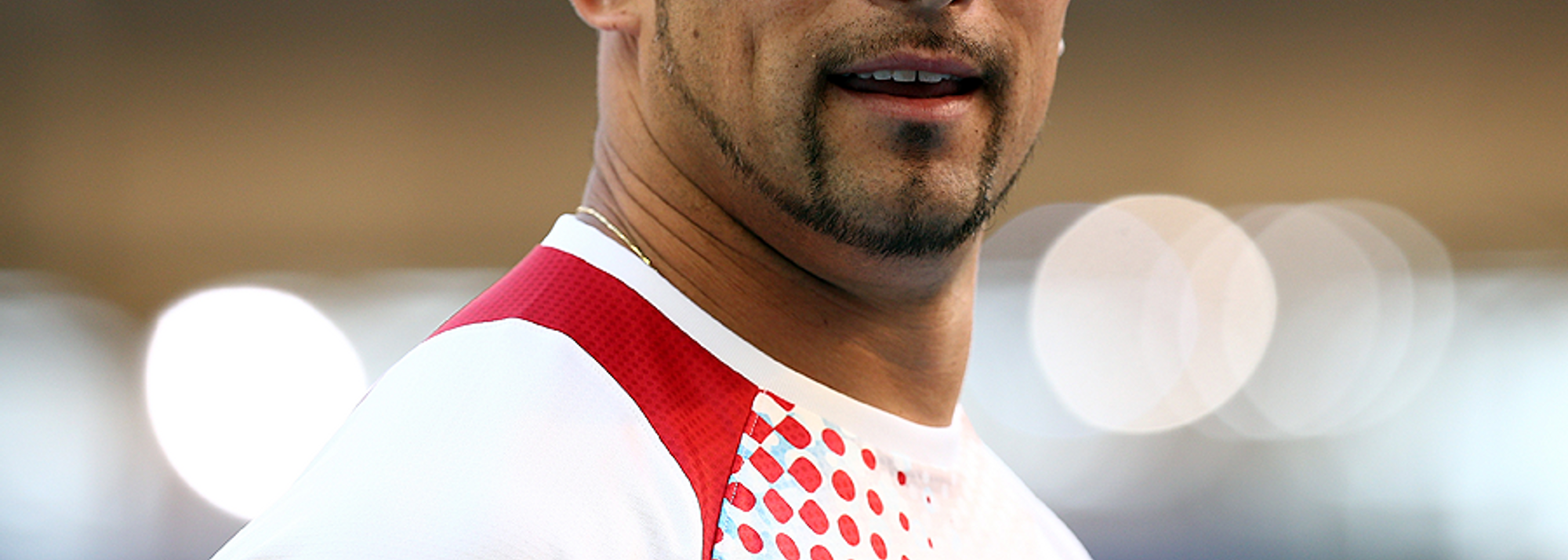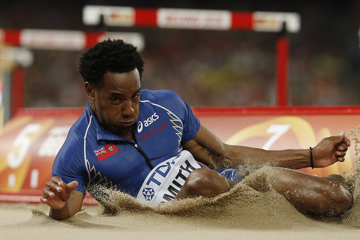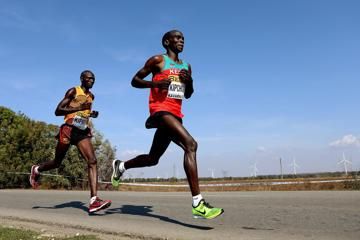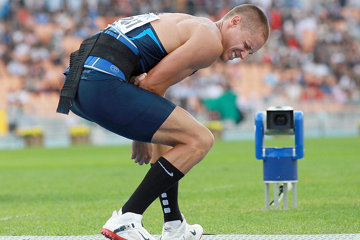Japanese hammer thrower Koji Murofushi (© Getty Images)
During an illustrious career, Koji Murofushi snared two Olympic medals and the full trifecta of World Championships medals. Here the Japanese hammer icon reminisces about the obstacles he faced on his journey to his 2004 Olympic gold and 2012 Olympic bronze medals.
Twin peaks
“I was fortunate to enjoy a long and successful career which reached two peaks – at the 2004 Athens Olympic Games and the 2012 London Olympics. To achieve success during both these periods involved two very different challenges.
“In 2004 I was strong physically but the main challenge was psychological. At the 2012 Olympics, when I was aged 38, I was mentally prepared but my physical condition was not as good, so the main challenge was physical.
“It’s important to remember that reaching a peak on the day of competition comes from the work put in during the many months beforehand. Some athletes throw far early in the season. Some athletes always check rivals’ results. Yet, for me, it was always important to keep training at my own pace.
“In the countdown to 2004, I learned about the importance of planning and sticking to the plan. It was important not to do too much. Some athletes feel the pressure and try to overdo training. It is important to rein that instinct back to do more.
“Thankfully, in Athens I reached a peak and won gold.
“However, after winning Olympic gold I continued with the same training but suffered repeated injuries. People were starting to say, ‘Koji is too old’ and that is when I overhauled and customised my entire training programme. I learned that if you repeat the same training and the same methods, the body won’t react in the way you want it to.
“For example, if I asked you to jump off the table for the first time, you would tense your muscles to ensure a soft landing. But after you do it many times, you might not tense your muscles in the same way and this can lead to injuries. It was important for me to mix up the movement patterns and try new exercises, particularly for the ankles, knees and hips.
“Leading into the 2012 Olympics, I worked with a team which checked out my body to predict any areas of weakness. We then worked on a number of exercises to prevent injury.
“To go on and earn a bronze medal in London was not bad going for a 38-year-old but it was also very satisfying because I was able to prove that my way of training, my team and planning was right.”
Steve Landells for the IAAF








